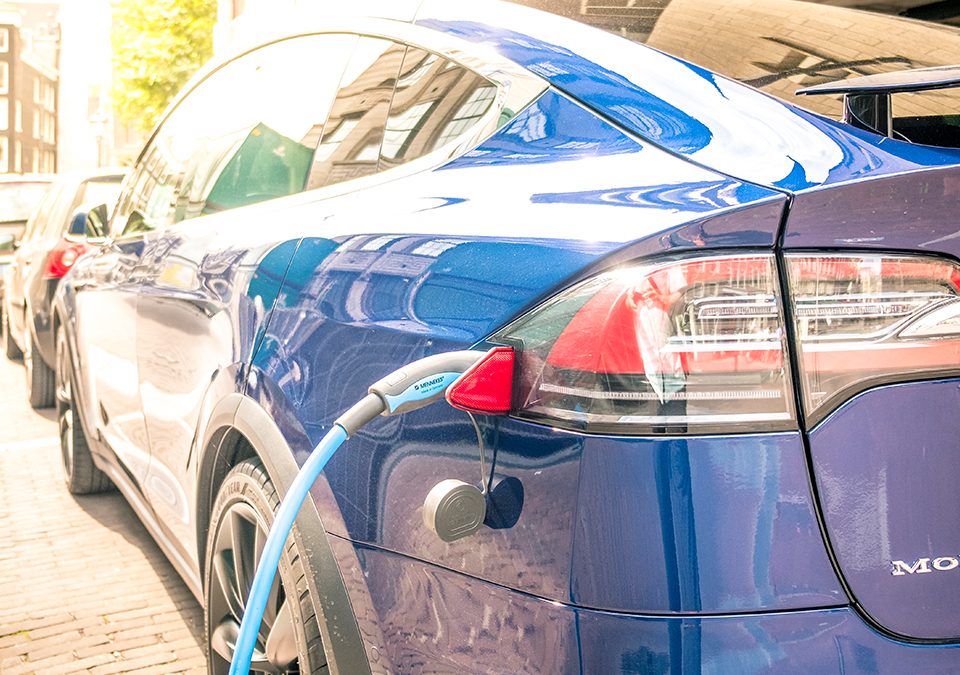Looking at EVs through Tortoise-Shell Glasses
Community Solar for All
April 25, 2018Georgia: Doing its Part for Nuclear, Solar, National Security & Keeping Rates Low
May 3, 2018Aesop’s sayings are still with us today because they contain solid grains of truth. From where PACE sits, consumers will win in the race to electrify transportation if we take it slow and steady, like the tortoise. A recent report from the Smart Electric Power Alliance, (SEPA) bolstered my impression that’s the way the race is unfolding and should continue.
To be honest, I also may be influenced by a long weekend visit to California, where I rarely removed my tortoise-shell sunglasses and over 4 days not one of many Uber drivers appeared in an EV.
A key benefit of SEPA’s report, written and presented in a clear and approachable style, is that it helps explain why there is such diversity among community and utility EV approaches and progress. Even for those who follow the utility industry and are excited fans of EVs (PACE included!), it’s useful to consider just how much important work lies ahead, with questions that must be carefully considered at every turn.
SEPA used only publicly accessible information to assess electric utilities’ engagement with and preparation for the future growth of EVs and ranked them in three simple stage categories: Early, Intermediate and Late. The Q2-Q3 2017 survey covered 486 utilities serving about 70 percent of the customer accounts nationwide.
“Early” utilities are generally in assessment mode, perhaps offering charging stations in a limited fashion. “Intermediate” stage progress means that charging offerings are more robust, and that some interaction between the utility and regulator has commenced. “Late” utilities are actively engaged with regulators and/or legislative requirements and have well-developed pilot programs. That’s important – the most advanced utility programs in the country are still pilots.
To my surprise, most (74 percent) utilities were in the Early stage, with 23 percent in the Intermediate and only 3 percent in the Late category. Many of the Early and Intermediate also reported coming-soon research and development plans. The small group of Late-stage utilities represent an estimated 18.3 million customer accounts and so SEPA’s report highlights utility efforts to ensure that when the EV boom really goes off, everyone in the equation is ready.
A casual observer might say – what’s the issue? Build charging stations, keep tax incentives going, promote customer education, set rates and get on with it. But reading this report and stepping back a bit helps you realize how many interlocking questions utilities are navigating at once to find the right road, including demographics, customer behavior, economics and technology. Just one set of these questions would be enough to require careful deliberation. Consider also just how early we are in the electrification race; you may personally see a lot of Tesla drivers, but at the end of 2016, only 567,000 EVs were on American roads.
Stories from several Late stage utilities help explain how many different ideas and angles have to be considered and worked through. Austin Energy, with an admirable and long-standing commitment to EVs, is working on at least two programs assessing what to charge for charging, and a demand response pilot. San Diego Gas & Electric is running six pilots looking at commercial fleets and public vehicle (think buses and ports) programs. Minnesota utilities are examining whether existing meters are adequate to account for EVs and trying to determine whether secondary meters can be avoided. Charging stations alone raise the entire classical spectrum of inquiry – who, what, when, where and how much.
Spectators and officials at the EV race should continue to cheer on the utilities, auto companies, and elected officials who are undertaking this journey. As SEPA recommends, utilities should continue to put the shoulder to the wheel, share information and seek out how to standardize approaches. However, given the many questions and unknowns, slow and steady will get consumers across the finish line with more information, better decisions and lower costs.



